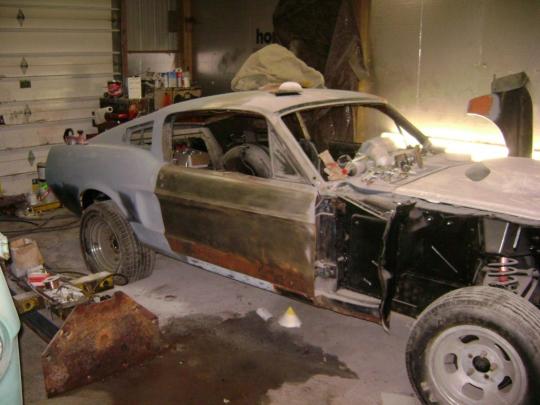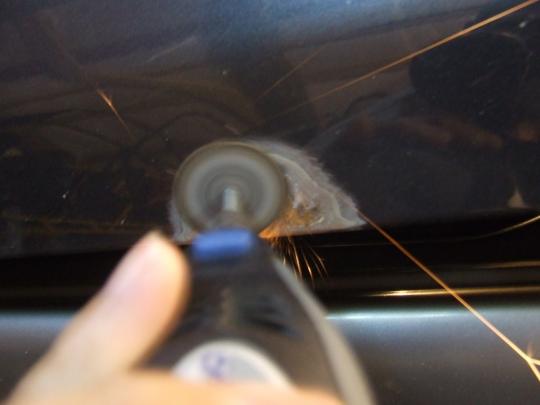 6 photos
6 photos





For a better understanding of how and why it happens, we should probably mention the fact that iron and its alloys don't technically rust. Instead, they oxidize, slowly transforming into nothing but red/orange iron oxide.
Iron oxidation occurs only when water and oxygen are present (along with iron, naturally), but can be accelerated by the presence of other elements as well, such as salt or ice-melting substances used when the roads are snowy. Basic physics tells us that the electrons are transferred from metal to oxygen, creating iron oxide, which is what we call rust.

First of all, no matter what procedure you choose to undertake, you should probably do it as soon as possible. What may look like just a small spot of rust can transform into a real mess rather quickly, so act now in order to save some costly repairs later.
Second of all, there are probably tens of methods of rust removal out there, but most of them involve getting down on your knees and physically eliminate every spot either manually (with a brush or sandpaper) or by using the help of a power tool.
In case the rust spots are small, all you need is a bit of sandpaper or brushing work, after which you should apply a coat of primer and then at least one of paint to make it match with the rest of the body. As we already mentioned, there shouldn't be a too big of a time frame between these steps, since it would throw all that hard work down the drain.
 Larger rust spots will require a bit more work, depending of course on their severity. If we're talking about something like an actual hole in the bodywork made by rust it might prove quite problematic actually.
Larger rust spots will require a bit more work, depending of course on their severity. If we're talking about something like an actual hole in the bodywork made by rust it might prove quite problematic actually.
In that scenario, after scrapping off every bit of rust, you can find you also have to fill in the cavity with a resin filler or putty. After that step, you must wait for it to dry and then sand it off until it matches the contour of the rest of the body work. Afterward, you can proceed to apply the primer, wait for that to dry and only then apply the paint. A lot of steps, we know, but you have to follow each one in order to succeed.Prevention of rust
If you plan to keep your car as close to as it was when new as possible, you might want to rust proof the body work just to save the time and expenses that may otherwise arise in the long run. These next steps are mostly for the parts of body work most inclined to rust if left untreated:
– Galvanizing, also known as zinc plating consists of a process of coating the undercarriage of a car in a bath of molten zinc. When dried, the zinc coating protects the metal from the attacks of rust;
– If you have a garage, controlling the humidity levels and keeping them low might save a lot of years of rust free bodywork. This is done by using a simple dehumidifier from time to time in your garage;
– There are lots of aftermarket products specifically made for rust-proofing cars. They are usually applied with a pressure sprayer like those found in manual car washes;
– if possible, paint every piece of bodywork you desire to keep rust free since the paint layer is an actual physical barrier between the metal and humidity outside, thus preventing the oxidation to form;
All in all, there is no such thing as an entirely rust-free car in the long run, since every vehicle out there uses at least some parts that are made from oxidizing metal. The best you can do is prolong the metal parts' life however you can, by using some or a combination of the methods described.


Leave a Reply